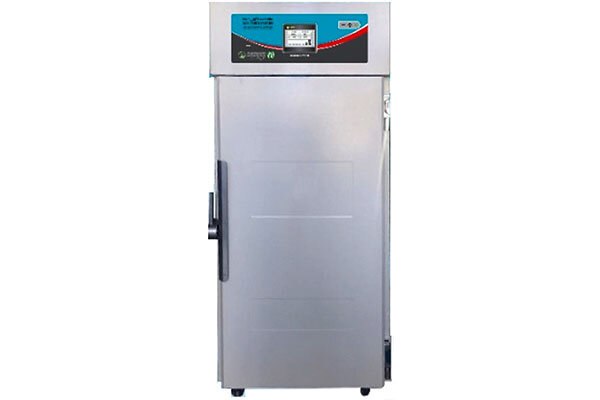'Sniffing out' fruity thiols in hoppy beers
Hoppy beers such as pale ales are becoming increasingly popular. One reason is their pleasant fruity aroma that partially stems from compounds called thiols. Brewers have been looking for an accurate way to track thiols in beer, but current methods typically are not sensitive enough or require use of potentially harmful substances. Now, researchers in ACS' Journal of Agricultural and Food Chemistry present an automated, solvent-less process to assess thiols at very low concentrations.
Thiols, along with other compounds such as terpenes and esters, contribute to the enjoyable odors in "hop-forward" beer styles. Although very small amounts of thiols are present in beer, a little bit of these compounds goes a long way toward achieving a hoppy flavor and fruity aroma. Brewers would like more information about these volatile substances, but it's challenging to accurately detect such small quantities. Previous studies have reported complex, multi-step methods for thiol analysis in beer, but the approaches could not measure all of the thiols brewers want to know about, and some processes used harmful mercury-containing compounds. Thiols also contribute to wine aromas, and researchers have used coated polymers that they can put into the air above the beverage to convert aerosolized wine thiols to more easily measureable compounds. The downside is that this method is not sensitive enough to measure the trace concentrations in beer. To develop a more robust analysis, Nils Rettberg and colleagues wanted to modify previous methods and come up with a safer, faster and more sensitive approach.
In initial experiments to develop the new process, the team modified the sample preparation method used in wine analyses to convert aerosolized thiols to compounds with higher analytical sensitivity. Then, they tweaked and applied a tandem mass spectrometry approach to maximally detect and measure the resulting compounds. Finally, the team tested their new method on 13 commercially available beers from multiple countries made with hop varieties expected to have high thiol content. The distribution of thiols within the selected beers was consistent with prior studies. Surprisingly, the team could only detect one of the three expected thiols in a beer with real grapefruit added, suggesting that the fruit itself likely contributed scent compounds other than thiols. The researchers say the method meets the requirements to detect thiols in beer, while also processing samples in a safer, simpler and quicker manner.
###
The authors acknowledge funding from the German Federal Ministry for Economic Affairs and Energy.
The abstract that accompanies this paper is available here.








